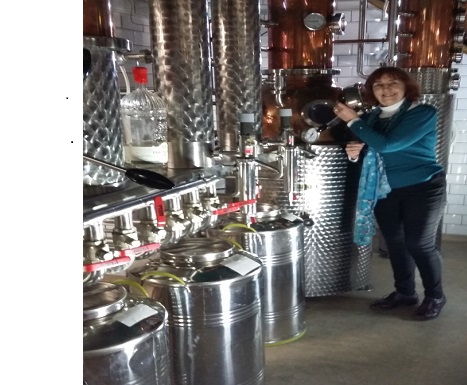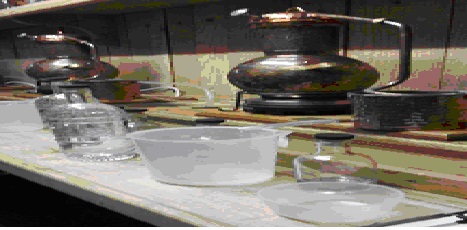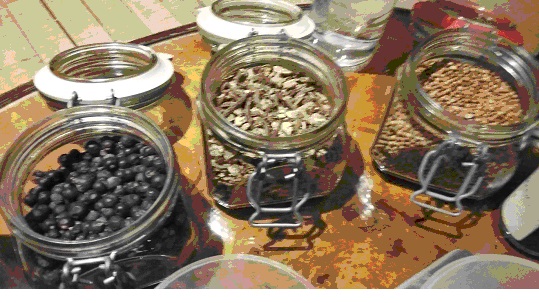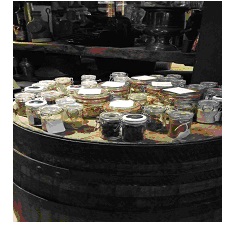Visit to the City of London Distillery....
A blueprint for lifting the spirits, from Past Mistress Karen Sankey. Warning: delicate scientific instruments can be put out of balance by the lifting and replacing on the bench of one's g&t glass....
A dark, dull, dreary, Monday in March …… What better way could there be of lifting the spirits than by visiting the City of London Distillery and learning something of the distiller’s art?
This adventure was courtesy of Past Master Distiller, David Raines and Past Mistress Distiller, Jenny Raines, who arranged this for our Past Masters’ and Consorts’ Association (2013-2014), “One4All” and “IVory”. Among those present were Past Masters Baker, Fueller, Marketor, Skinner, Farmer and the Honourable Elizabeth Green - Past Master Framework Knitter, who is standing for the office of Non-Aldermanic Sheriff this year. City matters aside, Past Masters and Consorts alike, we were all intent on discovering the secret of the perfect gin.
Since the gloom of the day prevented anyone from ascertaining whether the sun (if any) was over the yardarm, it was deemed appropriate to start tasting at two o’clock. – And so began our instruction with a zing of grapefruit in a generous glass of City of London Dry Gin No. 1 (41.3% vol) as Chris Clark, manager and son of the owner, spoke of how his family’s enterprise had brought distilling back to the City in December 2012, after an absence of 200 years. The traditional method of distilling continues to be followed and, visible from the lounge bar, are three magnificent stills.

“Clarissa” and “Jennifer” appear long and slender, unlike their namesakes, and both hold 200L. The regal “Elizabeth” is the largest still, with a capacity of 400L. The distilling process begins with 96o proof spirit to which the flavourings are added. This is the bit where we novice gin makers had a chance of exercising our creativity in choosing and blending our botanicals. Of course we would be working with stills of a more modest size, each pair having their own mini-still.
Under the guidance of Chris, our first task was to measure out our core botanicals in recommended proportions.


Juniper provides the basic flavour of gin, originally believed in 17th century Holland to have medicinal benefits. Angelica root is used for its mixing effect of woody and citrus notes. Coriander is used to mask alcoholic harshness.
It is suggested to add a further 2-5 botanicals carrying preferred flavours. For example, liquorice root adds sweetness, yarrow and oris give body and depth whilst pepper is added for energy, giving oomph to the finished product. Whilst we were given very much a free hand in our choices, we were advised against certain combinations. For example, almond does not go with citrus whilst ginger will work well with citrus but not with floral notes.
Artistic flair is no doubt conducive to producing a fine gin, yet scientific precision is essential in measuring the botanicals in exact and consistent proportions. To this end, we were equipped with sensitive electronic balances that, disconcertingly, altered as we lifted and replaced our g&t glasses on the bench. (Following the sampling of Christopher Wren Gin, 45.3% vol, working to an accuracy of 1/100th gram had become a bit of a challenge.)

Having added our botanicals to the alcohol, we set off the distilling process and anxiously awaited the exudate as it dripped from the condensation tube. (The waiting time passed quickly as we sipped the City of London Square Mile Gin, 47.3% vol) The alcohol in our still had extracted and carried the aromatic oils giving a distinctive aroma to our very own gin! In order to comply with regulations, we now had to dilute this to 40o proof. This we did by checking with the use of a hygrometer. The next step was to bottle, label and seal with hot wax. We were left with excess which would not fit in the bottle. There was one solution - to sample the product.
My distilling partner was Past Mistress Broderer and, fortunately, we found that our tastes were fairly similar; we both loved citrus, particularly grapefruit and tended to avoid the flat spice of cinnamon. Our unique recipe has been documented and can be reproduced upon request. – And, by the way, it was rather good…..
Following these afternoon diversions, it was time to repair to the excellent Punch Tavern to take nourishment. Naturally we were offered a City of London Distillery g&t to complement our repast.
… This was truly a civilised way of spending a Monday. Thank you Past Master and Past Mistress Distiller.

Karen Sankey, Past Mistress
